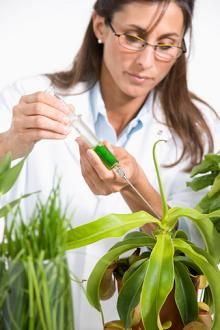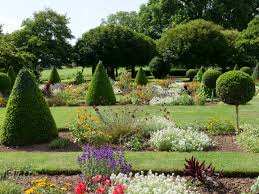Stamp: Drynaria rigidula (Czech Republic 2024)
Drynaria rigidula (Czech Republic 2024)
10 April (Czech Republic ) within release Botanical garden of the capital city of Prague goes into circulation Stamp Drynaria rigidula face value 27 Czech koruna
| Stamp Drynaria rigidula in catalogues | |
|---|---|
| POFIS: | POF: CZ 1253 |
| Colnect codes: | Col: CZ 2024.04.10-01a |
Stamp is vertical format.
Stamp from souvenir sheetAlso in the issue Botanical garden of the capital city of Prague:
- Souvenir Sheet - Botanical garden of the capital city of Prague face value 92;
- Stamp - Brainea insignis face value 34;
- Stamp - Dipteris conjugata face value 31;
- Stamp - Drynaria rigidula face value 27;
Stamp Drynaria rigidula it reflects the thematic directions:
Botanists study how plants produce food and how to increase yields, for example through plant breeding, making their work important to humanity's ability to feed the world and provide food security for future generations.
The ferns (Polypodiopsida or Polypodiophyta) are a group of vascular plants (land plants with vascular tissues such as xylem and phloem) that reproduce via spores and have neither seeds nor flowers. They differ from non-vascular plants (mosses, hornworts and liverworts) by having specialized transport bundles that conduct water and nutrients from and to the roots, as well as life cycles in which the branched sporophyte is the dominant phase
A flower, sometimes known as a bloom or blossom, is the reproductive structure found in plants that are floral (plants of the division Magnoliophyta, also called angiosperms). The biological function of a flower is to effect reproduction, usually by providing a mechanism for the union of sperm with eggs. Flowers may facilitate outcrossing (fusion of sperm and eggs from different individuals in a population) or allow selfing (fusion of sperm and egg from the same flower). Some flowers produce diaspores without fertilization (parthenocarpy). Flowers contain sporangia and are the site where gametophytes develop. Many flowers have evolved to be attractive to animals, so as to cause them to be vectors for the transfer of pollen. After fertilization, the ovary of the flower develops into fruit containing seeds. In addition to facilitating the reproduction of flowering plants, flowers have long been admired and used by humans to beautify their environment, and also as objects of romance, ritual, religion, medicine and as a source of food.
A garden is a planned space, usually outdoors, set aside for the cultivation, display, and enjoyment of plants and other forms of nature. The single feature identifying even the wildest wild garden is control. The garden can incorporate both natural and artificial materials
Flora is the plant life occurring in a particular region or time, generally the naturally occurring or indigenous—native plant life. The corresponding term for animal life is fauna. Flora, fauna and other forms of life such as fungi are collectively referred to as biota. Sometimes bacteria and fungi are also referred to as flora, as in the terms gut flora or skin flora.




